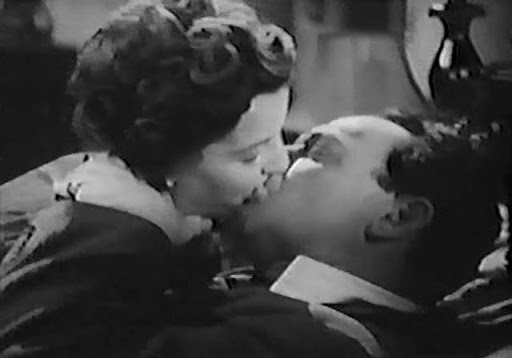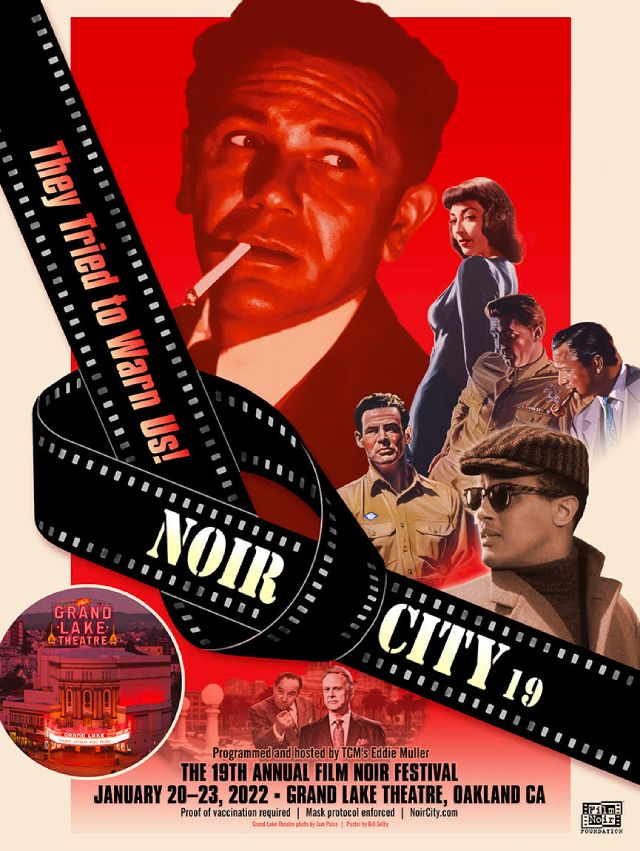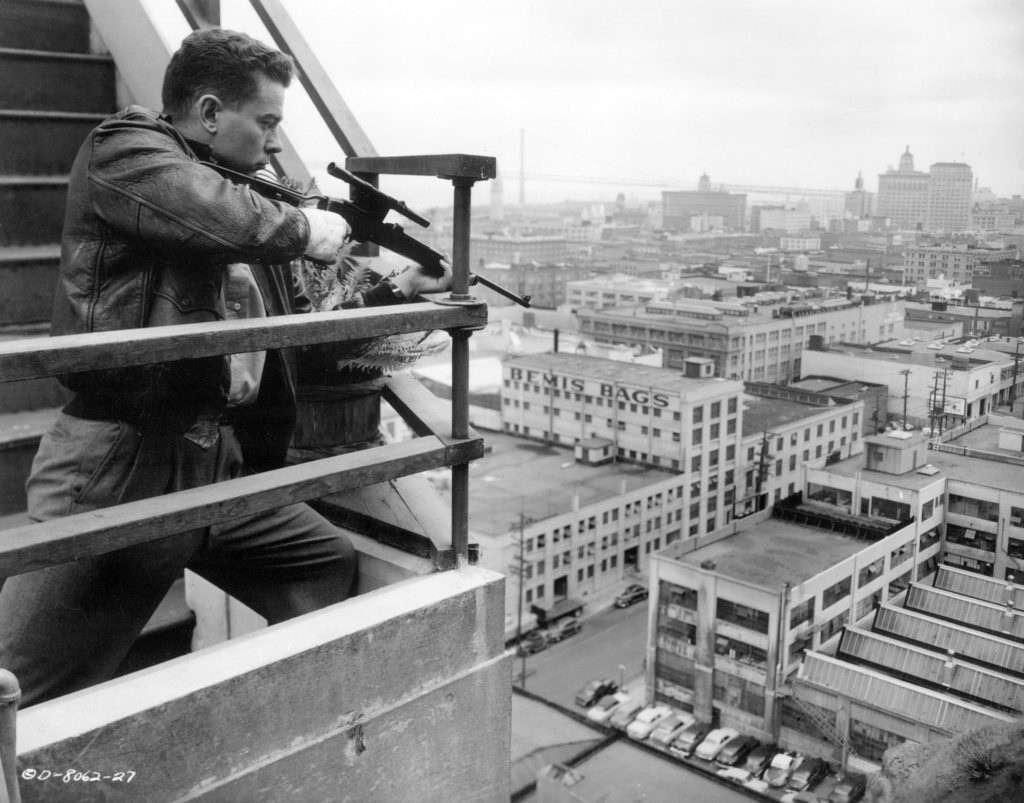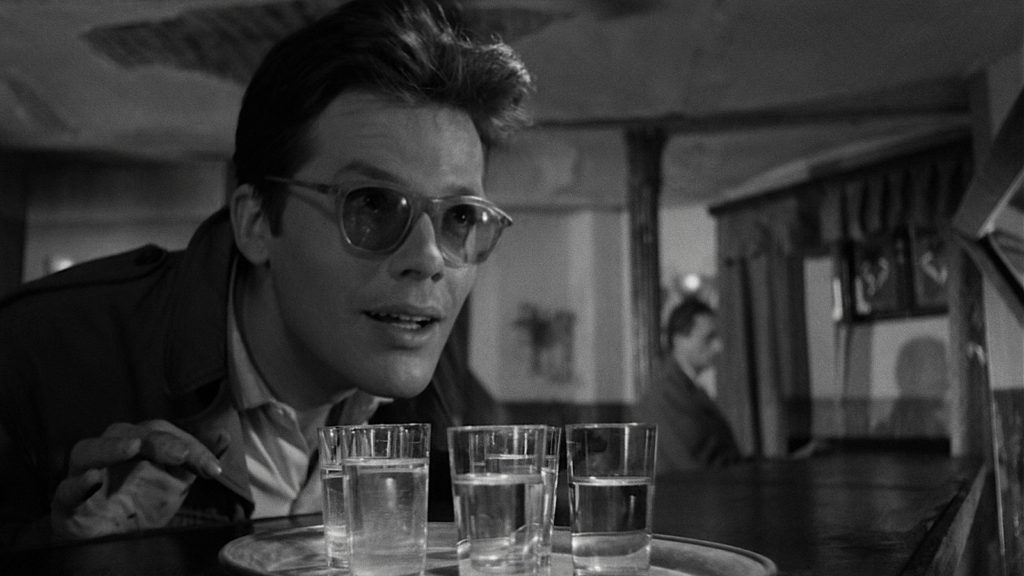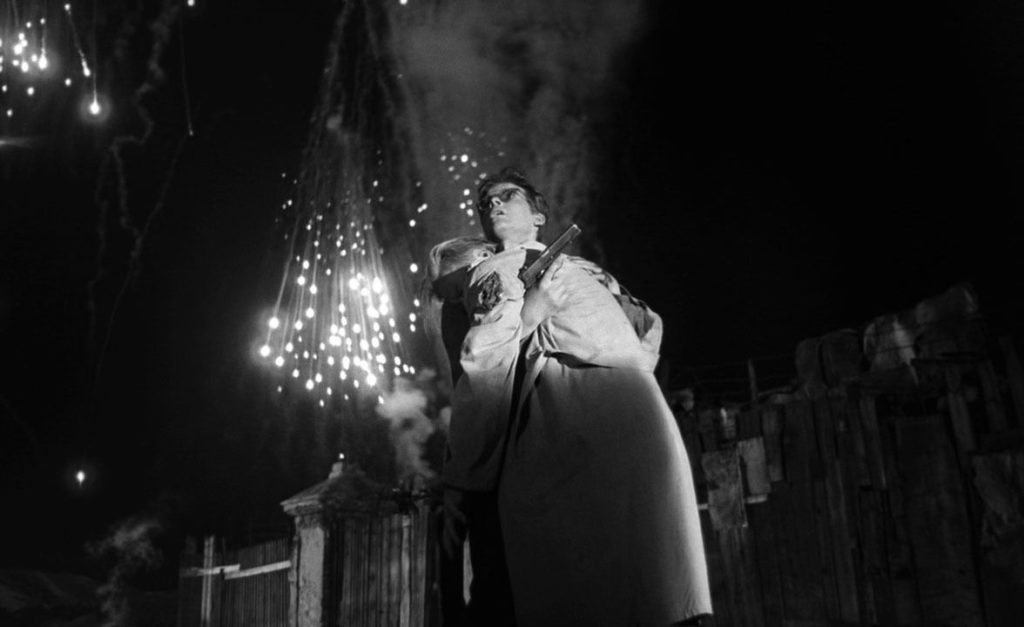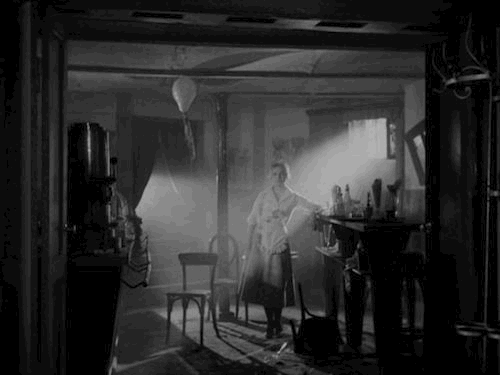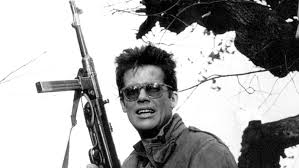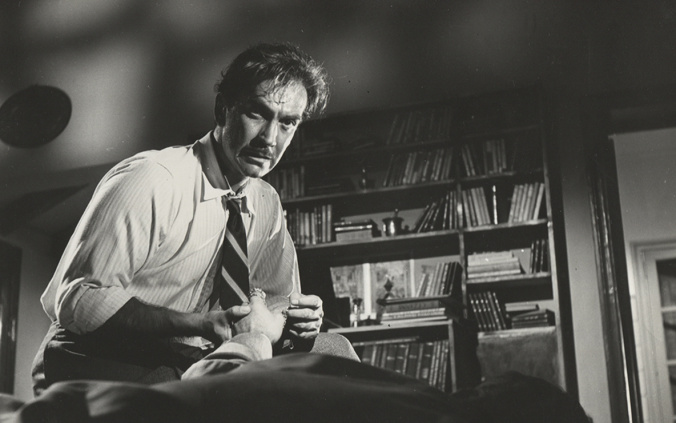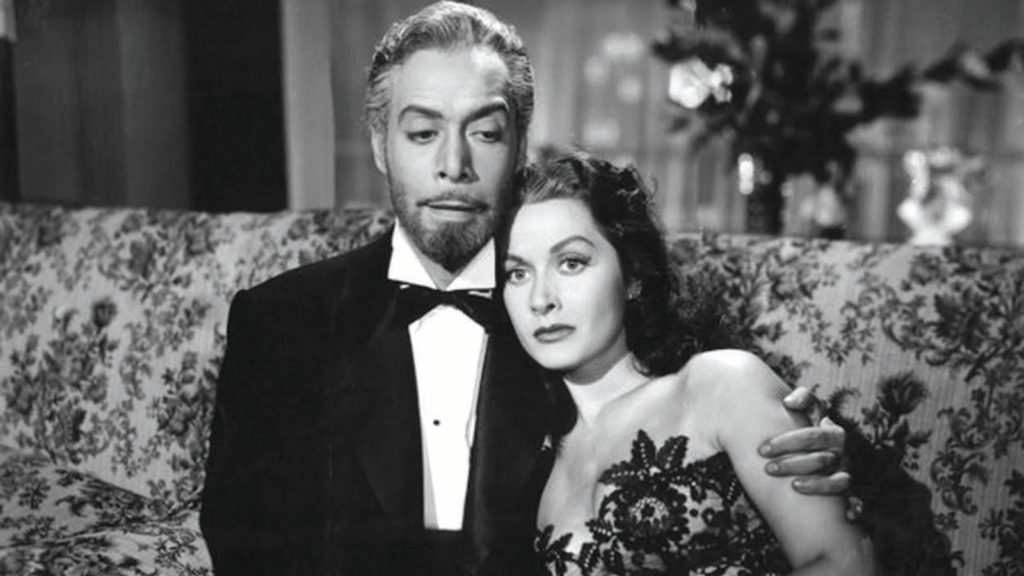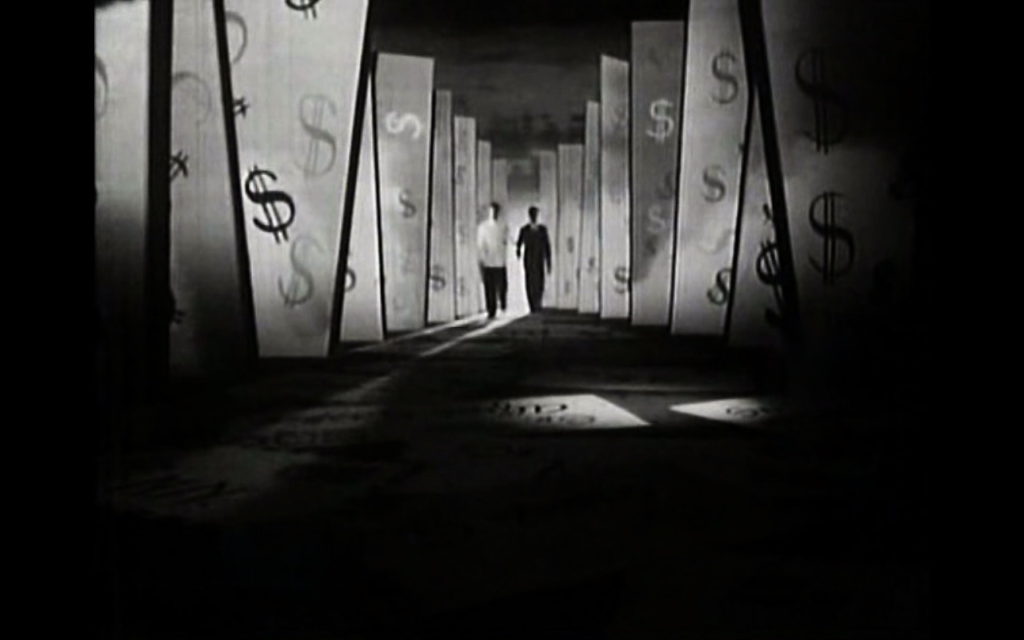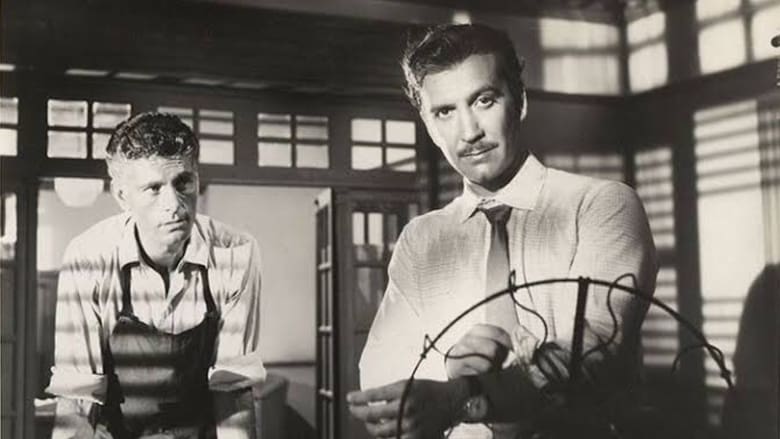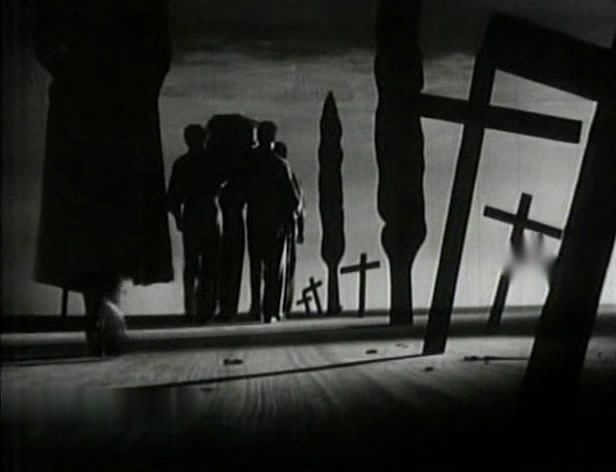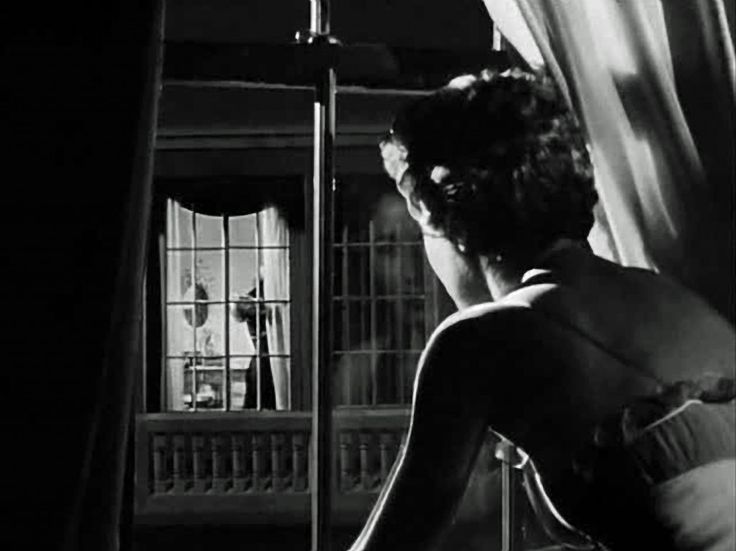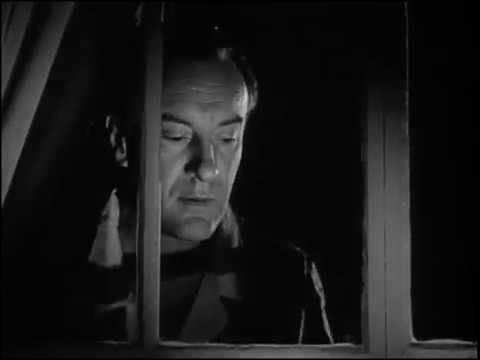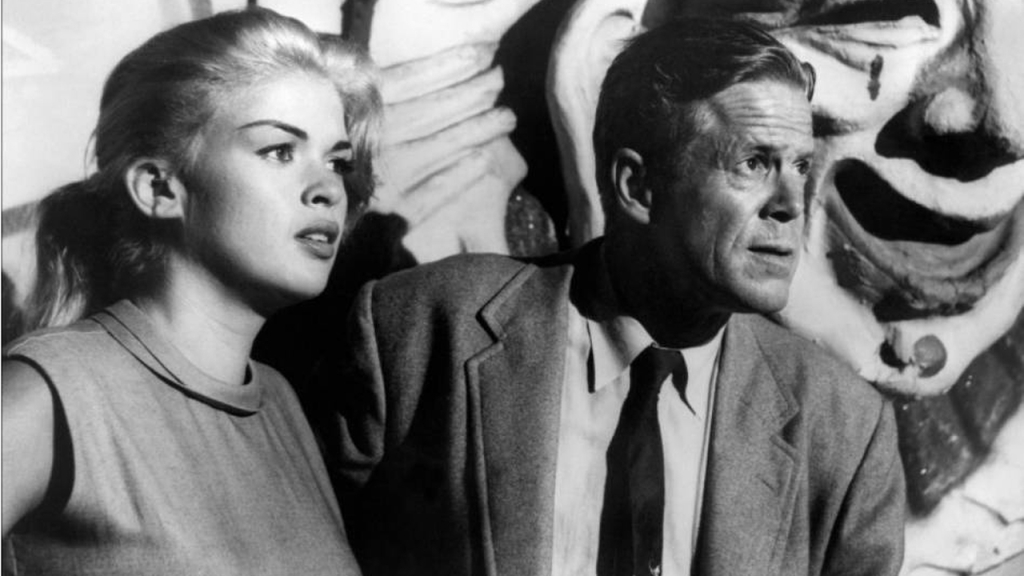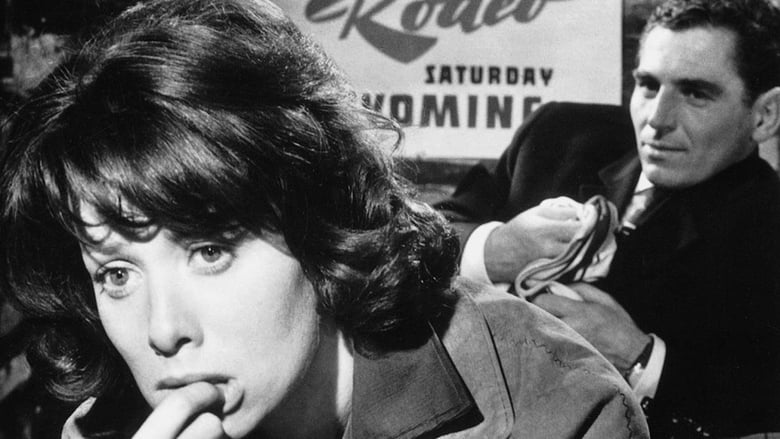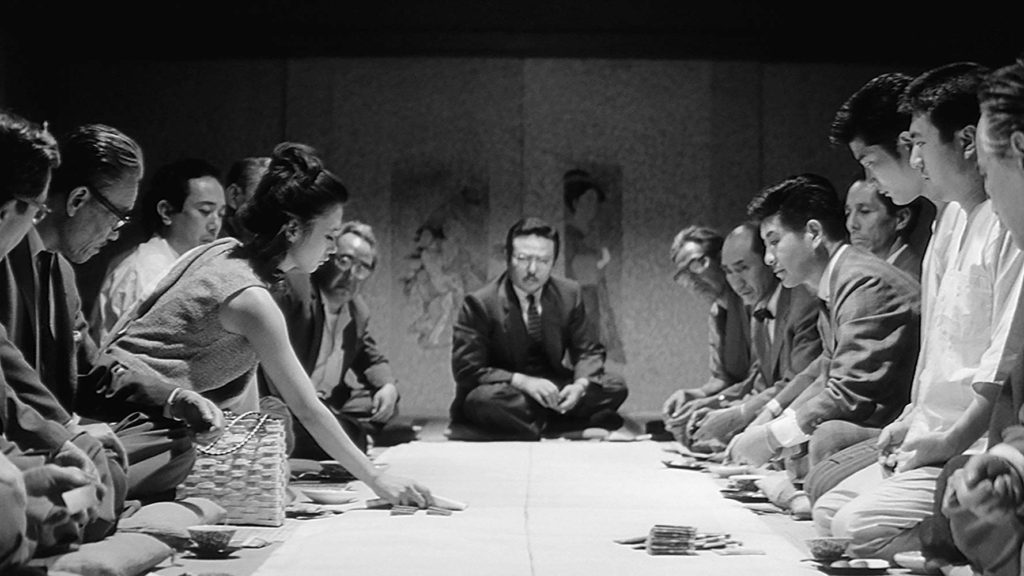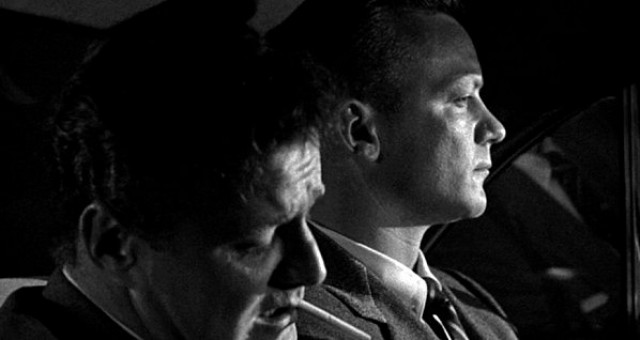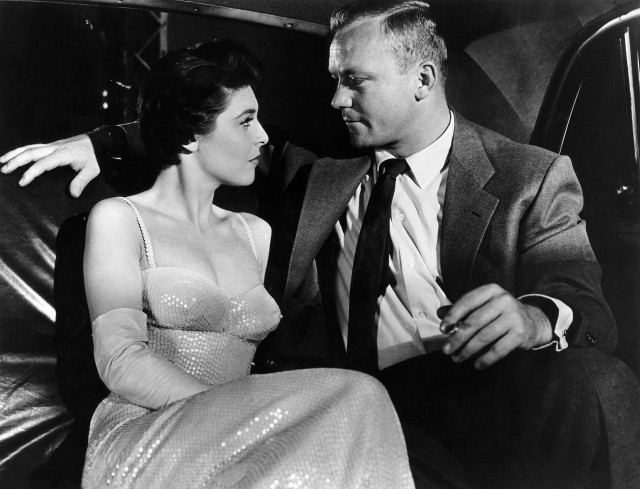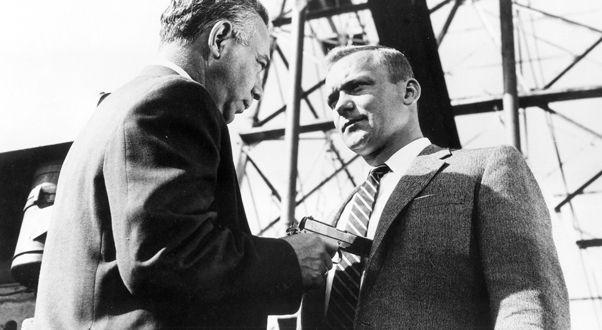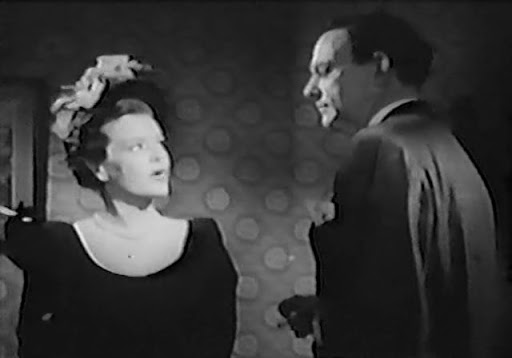
The Argyle Secrets is a fast-paced 63-minute espresso noir, a race to find a politically explosive Macguffin. That Macguffin is the Argyle Album, a list of those Americans playing footsy with the Nazis, just in case Hitler might win the war. This list has obvious value, both as a news media exposé and as blackmail leverage. value.
The Argyle Secrets starts out with voice-over exposition, flashes of the characters to come, and some rapid voice-over exposition from our protagonist, the investigative reporter Harry Mitchell (William Gargan).
Mitchell has the opportunity to meet a visiting national columnist (George Anderson), who tells him about the existence of, but not the content of the Argyle Album. When the columnist suddenly dies amid suspicious circumstances, Mitchell comes under suspicion and goes on the run to solve the case and prove his innocence. Of course, he also wants the Big Scoop for his own newspaper.
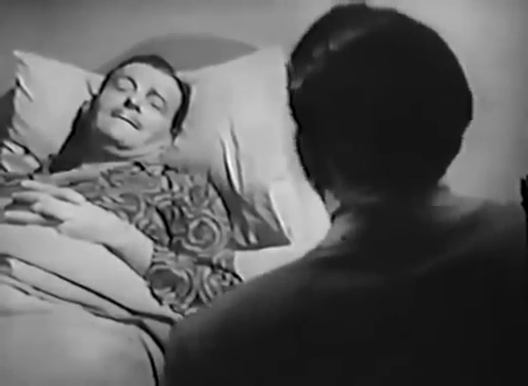
But Harry Mitchell is not alone in his pursuit of the Argyle Album. Just like in that Macguffin classic The Maltese Falcon, he is racing devious characters with multiple aliases. In pursuit of the Argyle Album themselves, they’re now in pursuit of Harry. There’s even a fat man in a white suit (Jack Reitzen).
The fat man is a solo operator, but there’s also a gang with an accented leader (John Banner, 20 years before his Sgt. Schultz in Hogan’s Heroes) and sunglasses-wearing muscle (Mickey Simpson) – and they’re willing to use a blowtorch on Harry. Plus a shifty fence (Peter Brocco).
There’s also the alluring Marla (Marjorie Lord), a sexy femme fatale who may or may not be loyal to the gang. Fondling Harry’s lapels, she puts on her best Brigid O’Shaughnessy and coos, “You think I’m really rotten, don’t you? I am. I really am.”
The plot transpires over 24 hours. Who will find the Argyle Album? Is Marla playing Harry? Will Harry survive?
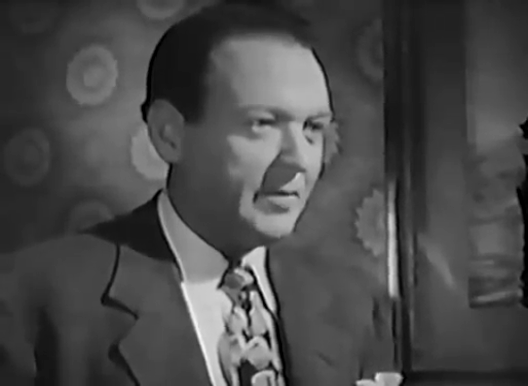
William Gargan carries the story as Harry. Gargan made a career of playing fictional detectives – Barrie Craig for four years in the popular radio series Barrie Craig, Confidential Investigator, then Ellery Queen in three movies and Martin Kane in 51 television episodes.
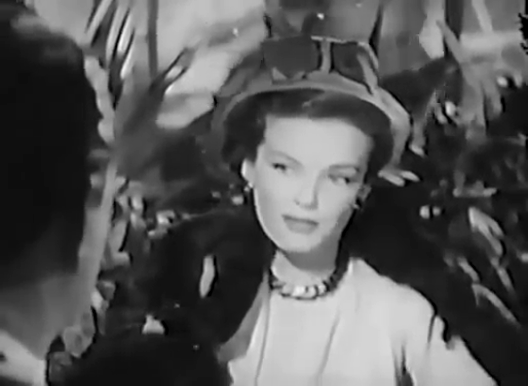
Marjorie Lord, who considered herself primarily a stage actress, did massive amounts of television, especially 227 episodes playing Danny Thomas’s wife in The Danny Thomas Show (plus another 24 episodes as the same character in in Make Room for Granddaddy).
However, Lord is right at home playing a movie femme fatale in The Argyle Secrets, exuding sexuality and unashamed self-interest.
The Argyle Secrets was written and directed by Cy Endfield, then a 34-year-old Orson Welles protege, in what he called his first film as an auteur. Blacklisted in the US, Endfield went on to direct the fine 1957 British noir Hell Drivers and the 1964 hit Zulu.
The Argyle Secrets has been newly restored by the the Film Noir Foundation. The world premiere 35mm restoration of The Argyle Secrets will be at the 2022 Noir City film festival.
The Argyle Secrets is very hard to find and is not available to stream; I expect that a Film Noir Foundation DVD will become available.
